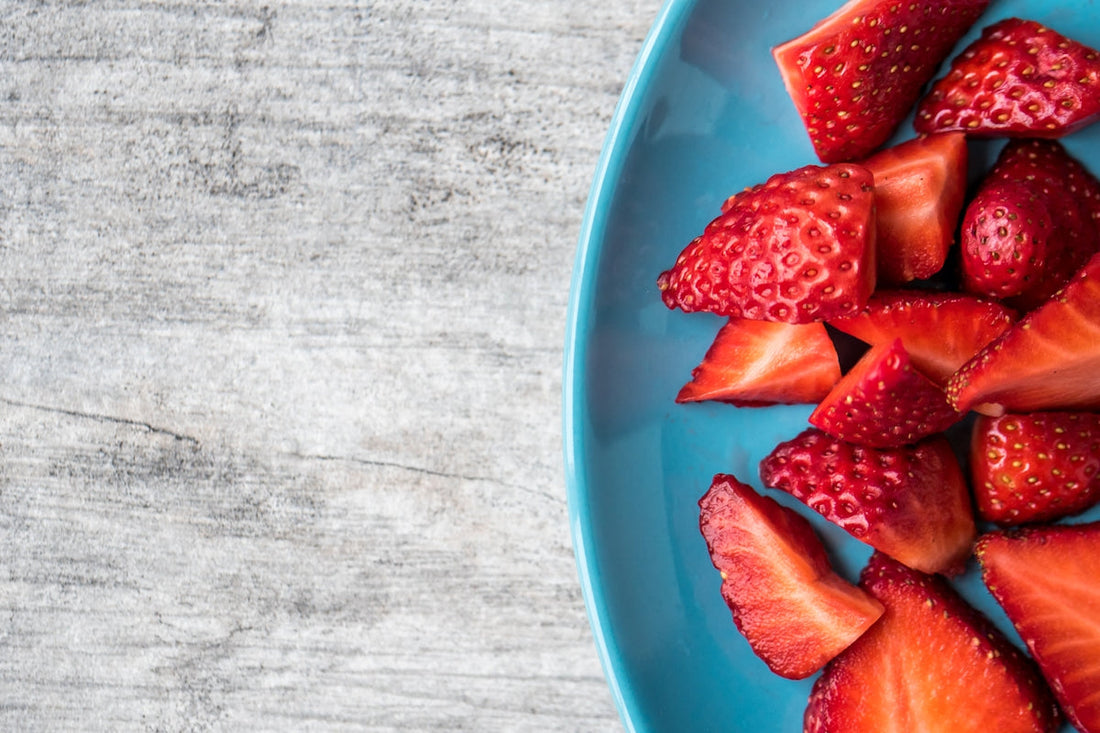
Quick Tips for a Low-Inflammation Diet
Sophia AustinEating a low-inflammation diet can support overall health and help manage chronic inflammation. As we explore how you can adjust your meals for reduced inflammation, let's dive into some practical advice that can make an immediate difference.
Table of Contents
- Understanding Inflammation
- Foods That Promote Inflammation
- Foods That Reduce Inflammation
- Essential Nutrients for a Low-Inflammation Diet
- Simple Recipes for Every Meal
- Tips for Shopping and Meal Planning
- FAQs about Low-Inflammation Eating
Visit our blog for more health and wellness advice.
Understanding Inflammation
Before we step into dietary changes, it's crucial to understand what inflammation is. Inflammation is the body's natural response to injury or infection. While it's essential for healing, chronic inflammation can lead to various health issues, including heart disease, arthritis, and diabetes.
More about chronic inflammation and health impacts.
Foods That Promote Inflammation
To manage inflammation effectively, it's important to limit foods that trigger it. Avoid or reduce the consumption of:
- Refined Carbohydrates: Such as white bread and pastries.
- Fried Foods: E.g., French fries and fried chicken.
- Sugary Beverages: Includes sodas and sweetened teas.
- Red and Processed Meats: Bacon, sausages, and beef have been linked to increased inflammation.
- Trans Fats: Often found in margarine, processed snack foods, and baked goods.
Explore healthier alternatives on Amazon's grocery section.
Foods That Reduce Inflammation
Incorporating anti-inflammatory foods can help counteract the effects of inflammation. Consider adding more of the following to your diet:
- Fruits: Berries, oranges, and cherries.
- Vegetables: Leafy greens such as spinach and kale.
- Whole Grains: Brown rice, oatmeal, and barley.
- Healthy Fats: Olive oil, nuts, and avocados.
- Fatty Fish: Salmon, mackerel, and sardines are rich in omega-3 fatty acids.
Find organic produce and more at Whole Foods through Amazon.
Essential Nutrients for a Low-Inflammation Diet
Certain nutrients play a pivotal role in reducing inflammation:
- Omega-3 Fatty Acids: Essential for heart health and reducing inflammatory levels.
- Antioxidants: Help protect your body against free radicals.
- Fiber: Promotes healthy digestion and reduces inflammation markers.
For a detailed guide on omega-3 supplements, check out Amazon's selection of omega-3 products.
Simple Recipes for Every Meal
Here are a few favorite recipes incorporating anti-inflammatory ingredients:
Breakfast: Blueberry Oatmeal
- Ingredients: oats, almond milk, fresh blueberries, honey.
- Instructions: Cook oats in almond milk, top with blueberries and a drizzle of honey.
Lunch: Quinoa and Kale Salad
- Ingredients: quinoa, kale, cherry tomatoes, avocado, and lemon dressing.
- Instructions: Mix cooked quinoa with chopped kale, add cherry tomatoes and avocado, toss with lemon dressing.
Dinner: Salmon with Roasted Vegetables
- Ingredients: salmon fillet, olive oil, broccoli, and carrots.
- Instructions: Place salmon and veggies on a baking sheet, drizzle with olive oil, and bake until the salmon is cooked.
Find more recipes on our website.
Tips for Shopping and Meal Planning
Here are some helpful tips:
- Plan Ahead: Draft a weekly meals schedule.
- Make a Shopping List: Focus on whole foods rather than processed options.
- Shop the Perimeter: Stick to the store's outside aisles for fresh produce and whole foods.
Discover meal planning tools available on Amazon.
FAQs about Low-Inflammation Eating
What is the best way to start a low-inflammation diet?
Begin by removing processed foods and sugar, gradually incorporating more fruits, vegetables, and whole grains.
Are there any specific protein sources to focus on?
Yes, lean proteins such as chicken breast, legumes, and fatty fish like salmon.
How long does it typically take to see results from dietary changes?
Most people notice improvements in inflammation markers within weeks of adjusting their diet.
For more information and expert tips, visit our main page.
By focusing on a low-inflammation diet, you can significantly improve your health and manage inflammation. Explore the abundant options available and start your journey towards better wellness today.
For comprehensive guides and more, make sure to check Sophia Austin Beauty & Recipes.



